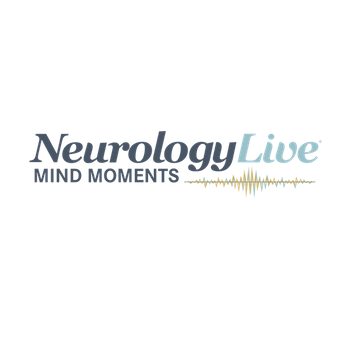
Mind Moments®, a podcast from NeurologyLive®, brings you exclusive interviews with Stephen Krieger, MD; Richard Isaacson, MD; and Jessica Ailani, MD. [LISTEN TIME: 24 minutes]

Mind Moments®, a podcast from NeurologyLive®, brings you exclusive interviews with Stephen Krieger, MD; Richard Isaacson, MD; and Jessica Ailani, MD. [LISTEN TIME: 24 minutes]

Based on a trial that showed melatonin improved total sleep time in children with ADHD and sleep onset insomnia, Colonis’ Melatonin 1mg/ml Oral Solution was approved by the MHRA in the United Kingdom.

The director of the Center for Brain Health and Alzheimer prevention clinic at FAU medicine provides commentary about his time at the fourth annual International Congress on the Future of Neurology. [WATCH TIME: 4 minutes]

When asked which efficacious diagnostic or treatment options they hope to see in the future, a majority of physicians, especially specialists, expressed a desire to see more useful biomarkers, followed by more effective diagnostic tests overall.

Although neurodevelopmental disorders were common in those on antidepressants, the crude hazard ratios were substantially attenuated after adjustment for measured covariates and proxies for unmeasured covariates.

In a propensity score matched, longitudinal, observational cohort study, findings showed that there was an association between insomnia and neurocognitive function in children.

After a successful phase 1 study in which PTC518 reduced huntingtin protein by 30% to 50%, the company is pausing the US enrollment of its phase 2 study until additional data is provided to the FDA.

Sharon Hesterlee, PhD, chief research officer, Muscular Dystrophy Association, discussed the events that happened in September for National Muscular Dystrophy Awareness Month.

More than 40% of patients with ASPECTS scores between 4 and 5 treated with EVT showed functional outcome improvements, whereas slightly over 20% of those with scores between 0 to 3 demonstrated the same.

The director of the Center for Brain Health and Alzheimer prevention clinic at FAU medicine shares his experience at the fourth annual International Congress on the Future of Neurology. [WATCH TIME: 3 minutes]

The adult neurologist at Allegheny Health Network discussed the ever-changing landscape of therapies for myasthenia gravis and shift toward more holistic disease management.

Mark Richardson, MD, PhD, spoke about the successes of thalamic neuromodulation for patients with generalized epilepsy in his presentation at the 2022 Congress of Neurological Surgeons.

A cross-sectional study showed that retinal measurements in patients with “potential” neuromyelitis optica spectrum disorder were similar to those with definite neuromyelitis optica spectrum disorder.

In a phase 2 study, fosgonimeton showed positive effects on measures of cognition, function, and neurodegeneration when taken as a monotherapy, prompting an unblinded interim analysis.

The assistant professor of neurology at Cleveland Clinic provided insight on the differences in ganglioside vs paranodal antibodies and their clinical use in various neuropathies. [WATCH TIME: 3 minutes]

EDG-5506, an orally administered small molecule agent, showed nearly a 40% decrease in levels of serum creatine kinase in a phase 1b trial of adults with Becker muscular dystrophy.
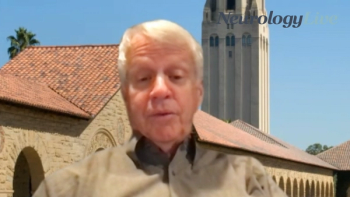
The Zimmermann Professor of Neurology and Neurological Sciences and Pediatrics at Stanford University discusses what Amylyx’s FDA approved therapy means for the patient community and future research that may be performed regarding the dosage of the treatment. [WATCH TIME: 5 minutes]

In an open-label extension trial, tofersen showed significant reductions in SOD1 protein and neurofilament light over a 12-month period. It is now expected to be reviewed by the FDA by early Q2 2023.
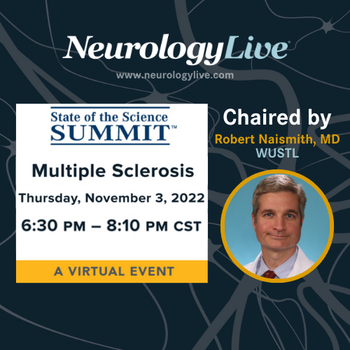
Chaired by Robert T. Naismith, MD, this NeurologyLive® State of the Science Summit will be held virtually at 6:30 PM CST on November 3, 2022. Register for free now!

Here's some of what is coming soon to NeurologyLive® this week.

The launch of the medication was done in phases, as wholesalers received first-line formulary coverage in September 2022, while a nationwide launch is expected in 2023.
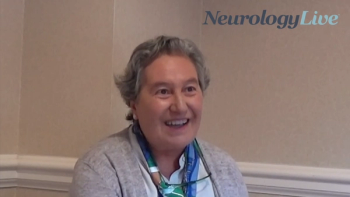
The professor of Neurology and Pediatrics at University of Rochester Medical Center speaks spoke on the evolving treatments for Duchenne muscular dystrophy and the possibility of earlier diagnosis through newborn screening. [WATCH TIME: 4 minutes]

Test your neurology knowledge with NeurologyLive®'s weekly quiz series, featuring questions on a variety of clinical and historical neurology topics. This week's topic is Alzheimer disease and dementia.

A report on two patients with late-onset neutropenia resulted in an uncommon adverse event following anti-CD20 therapies.
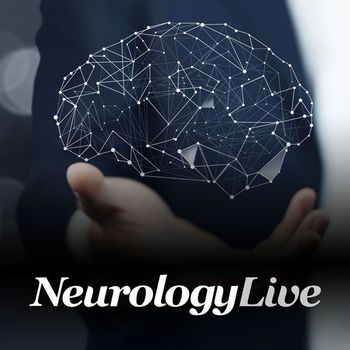
P100 amplitude of 15 minute checks in the NMOSD-ON group had a significant reduction at 6 months relative to the IDON group, suggesting more several axonal damage.
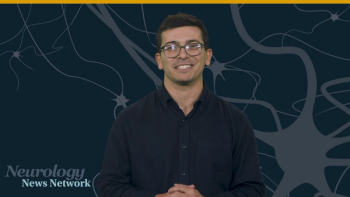
Neurology News Network for the week ending October 15, 2022. [WATCH TIME: 3 minutes]

Take 5 minutes to catch up on NeurologyLive®'s highlights from the week ending October 14, 2022.

A study conducted via telemonitoring showed that hospital workers who performed night shifts had significant negative impacts on their sleep quality and circadian rhythms.
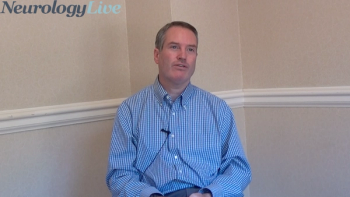
The associate professor at the University of Michigan described the ways recently published guidelines on diabetic neuropathies will change how conditions like Guillain-Barré syndrome and CIDP are managed. [WATCH TIME: 3 minutes]

Over a 2-year treatment period, discontinuation rates with risdiplam were low, and observed adverse events and serious AEs resembled previously conducted studies.